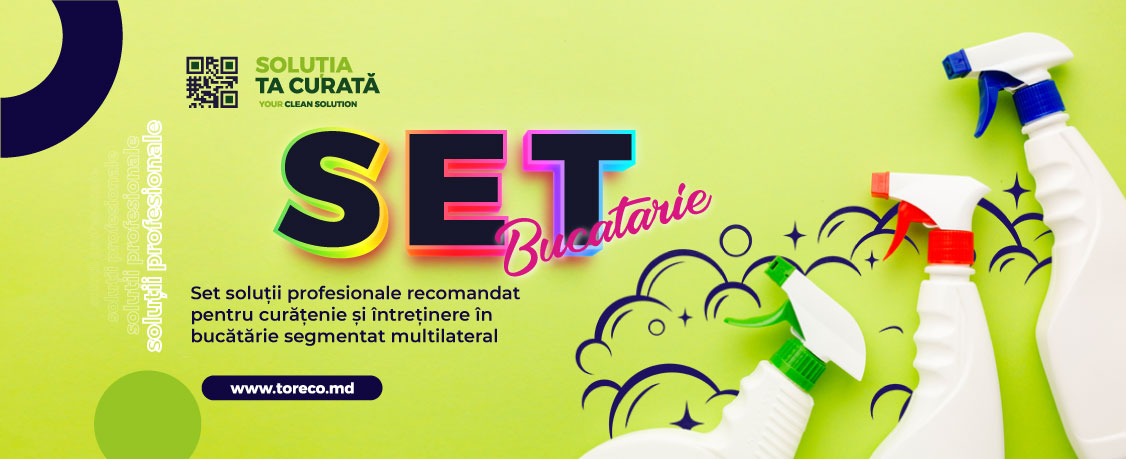
The set of professional solutions recommended below for cleaning and maintenance in the kitchen is segmented multilaterally, in order to highlight the problematic challenges with targeted solutions for solving them.
Although it may seem like a complicated process, cleaning in the kitchen is simplified by using a good product, which ensures a deep cleaning and which provides a state of persistent freshness.
The work surface represents the breeding ground for the growth of bacteria. Since it is used frequently for food preparation, it should be cleaned and degreased at least a couple of times a day.
Wall coverings deserve particular attention, which must be treated with special disinfectants capable of removing bacteria and dirt.
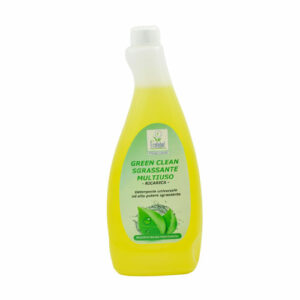
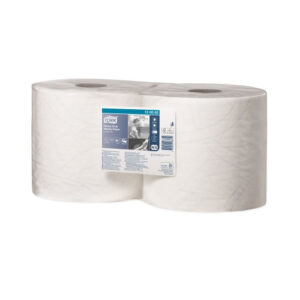
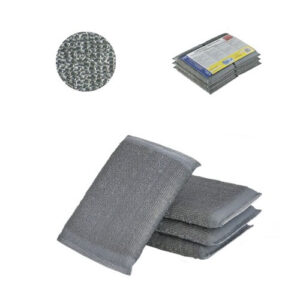
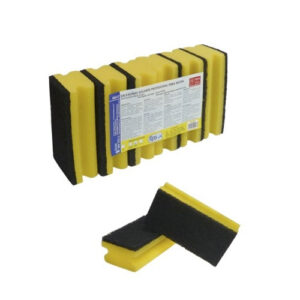
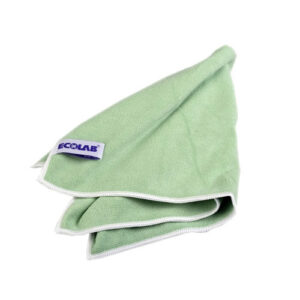
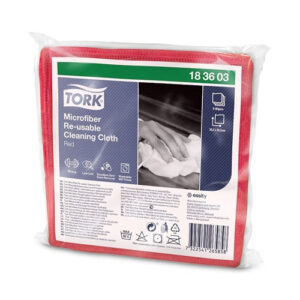
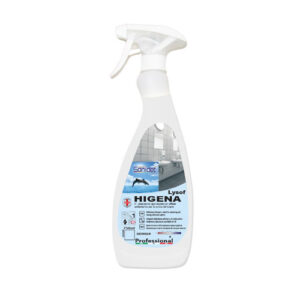
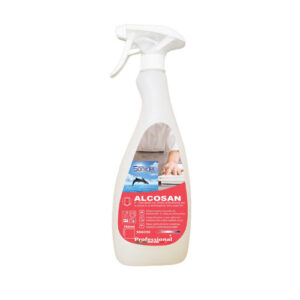
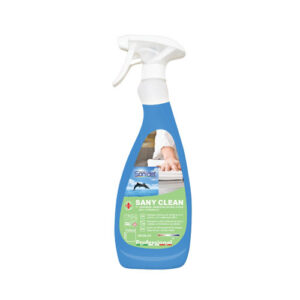
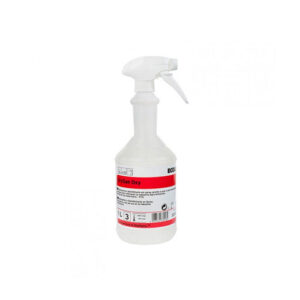
Menținerea bucătăriei și a ustensilelor din bucătărie curate și igienizate nu este simplă. Alegerea folosirii unor detergenți de calitate este desigur un ajutor important.
The equipment in the kitchen requires constant cleaning to work better and extend its life cycle. Remember to clean all your appliances, both small and everyday ones like coffee makers or toasters, and bigger ones like ovens and refrigerators.
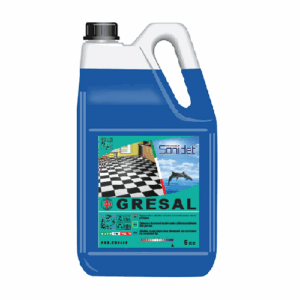
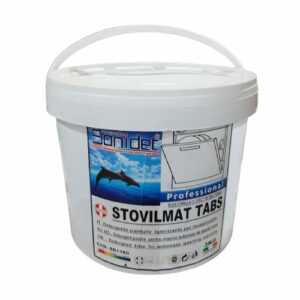
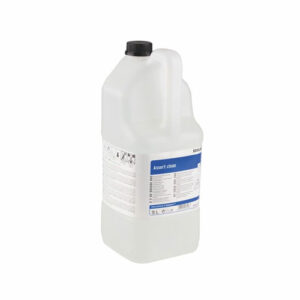
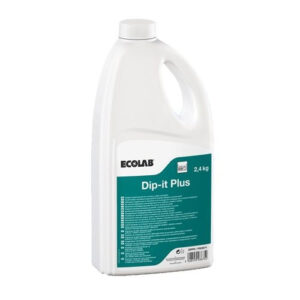
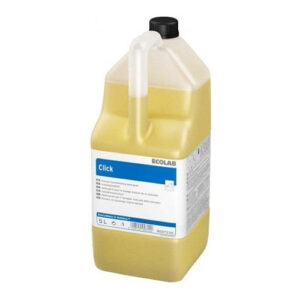
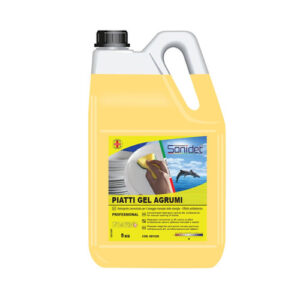
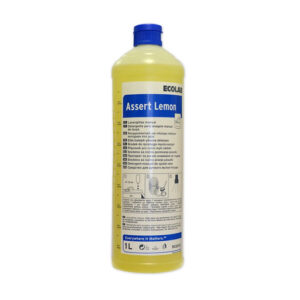
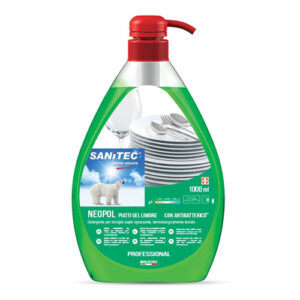
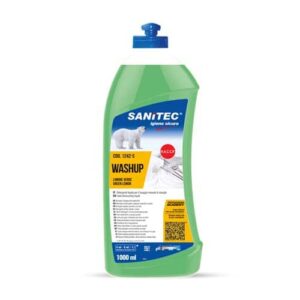
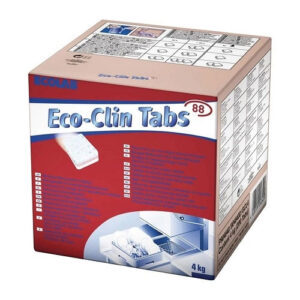
Excess grease and dirt that lurks in the air intakes and extraction hoods can limit proper ventilation in the room. Wash the hoods at least at the end of the month, or every two weeks if you use the fryer assiduously. Also remember to clean the filters, referring to the instructions given in the manufacturer's user manual. When you notice damage to the filters, such as broken plastic parts, you will have to replace them immediately.
Floor: Start by vacuuming or sweeping the floor to remove dust. Consider that a vacuum cleaner allows you to speed up the times, but the traditional broom will generally also allow you to reach the most difficult gaps and corners. Wash the floor using a suitable detergent. When necessary use a concentrated degreaser.
Walls and Ceiling: Eliminate food splatters immediately to prevent them from turning into stubborn encrustations, but be sure to thoroughly clean all walls on a biweekly or monthly basis. Airborne steam and grease not only blacken the walls, but can also become sources of bad odors. Using a degreaser or an appropriate cleaning solution together with the soft bristle brush will make your kitchen shine.
Sinks are used to regularly clean dishes and utensils, as well as to rinse fruit and vegetables. This area, therefore, requires special attention and, at the end of the day, must be sanitized with a special spray. Also remember to use the right products on a weekly basis to get rid of limescale.
Inside a professional kitchen it is normal to use a lot of oil and this often leads to clogging of the drains.Try to clean them at least every two months using a quality degreaser, which also allows you to eliminate unpleasant odors.
Constant cleaning of your kitchen should be a habit because it is essential for food safety, but also to reduce waste.